Bat surveys are done three times a summer with an ultra high frequency microphone that picks up bats ultrasonic calls. The survey crew, composed of Cat Langille and Jared Stachiw, canoe from The Pines on Pickerel Lake to the north shore of French Lake just after sunset, slowly following the shoreline to pick up bat calls while they do their evening hunting. Computer software is then used to identify the number and species of bats detected or “heard” along the route based on collected audio information.
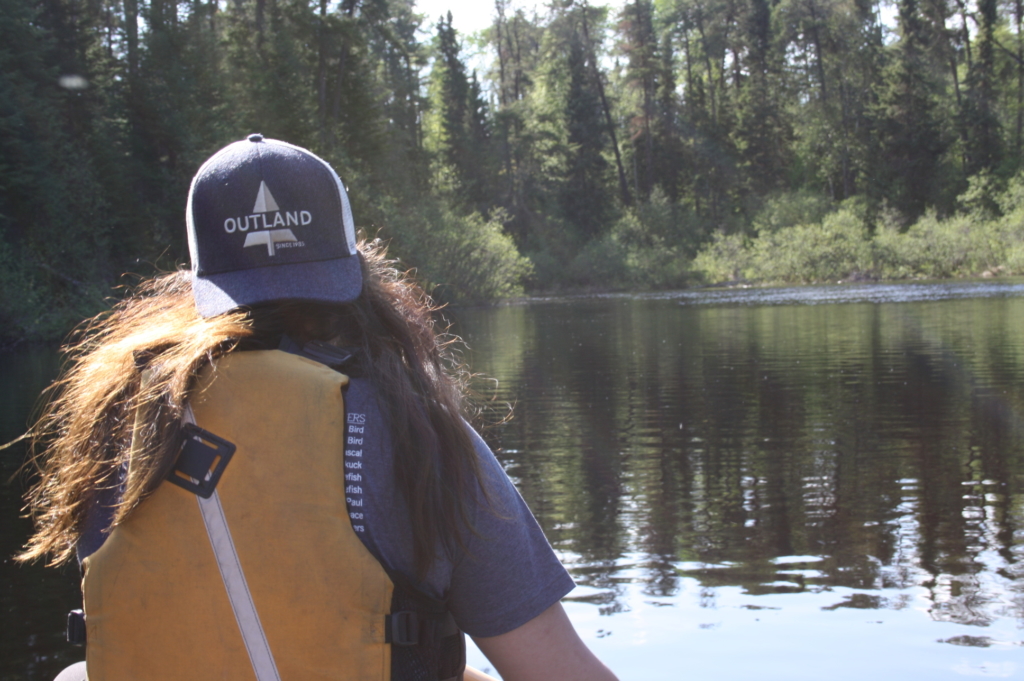
Cat Langille paddles east along the Pickerel River to The Pines during a bat survey excursion, Credit Jared Walter Stachiw
These surveys are important for determining the abundance of Species At Risk bats, as well as determining the distribution of all bat species within Quetico Provincial Park. There have been 5 species of bats recorded within Quetico Provincial Park including two non-migratory bats (Big Brown Bat and Little Brown Myotis) that spend their winters hibernating within northern Ontario. White nose syndrome (Pseudogumnoascus destrutcans) is a concern for these non-migratory, hibernating bats. This syndrome is the result of a cold and damp loving fungus that causes skin infections within the bat community. This skin infection can disturb hibernating bats and wake them up during winter when their food and water is not available to them. Unfortunately, this causes them to dehydrate and use up stored fat prematurely, often resulting in death. Due to the risk of white nose syndrome Little Brown Myotis bats have been classified as Endangered in Ontario.
These surveys have been ongoing since 2017 and so far only 5% of calls identified have been non-migratory, Species At Risk bats. The Eastern Red Bat, Hoary Bat, and the Silver-haired Bat have also been identified and recorded in Quetico Provincial Park. These three species do not overwinter, but rather migrate south, so they are not at risk from white nose syndrome, unlike the big brown and little brown myotis bats.
big brown bat, Angell Williams CC BY 2.0By: Cat Langille & Jared Walter Stachiw, Quetico Foundation biology interns

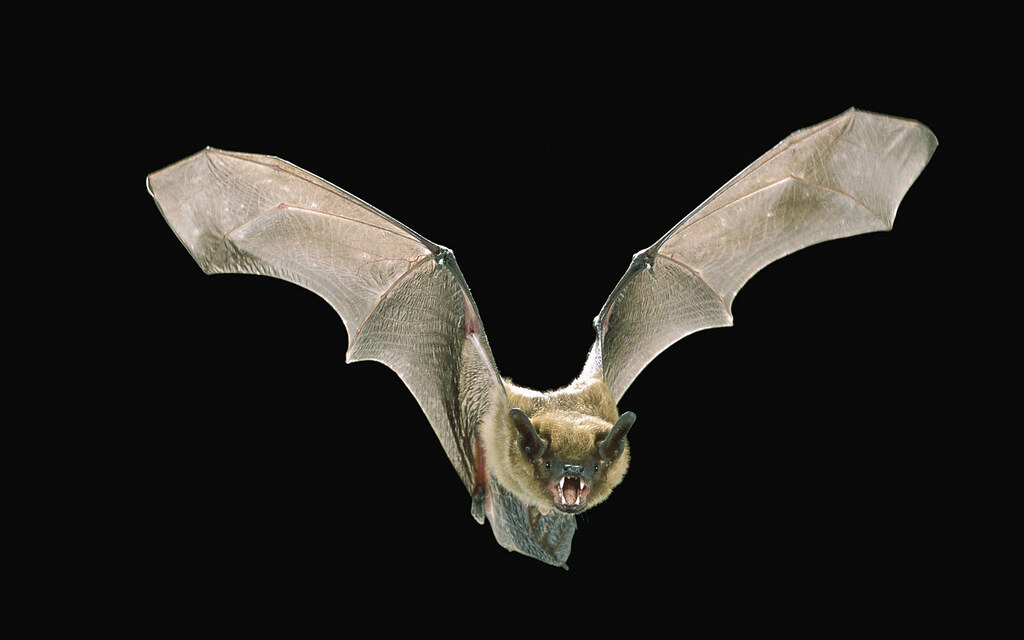
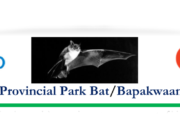
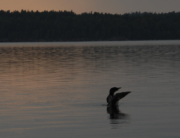
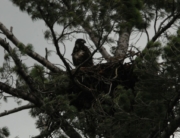
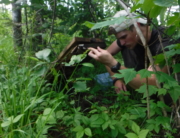

Leave A Comment